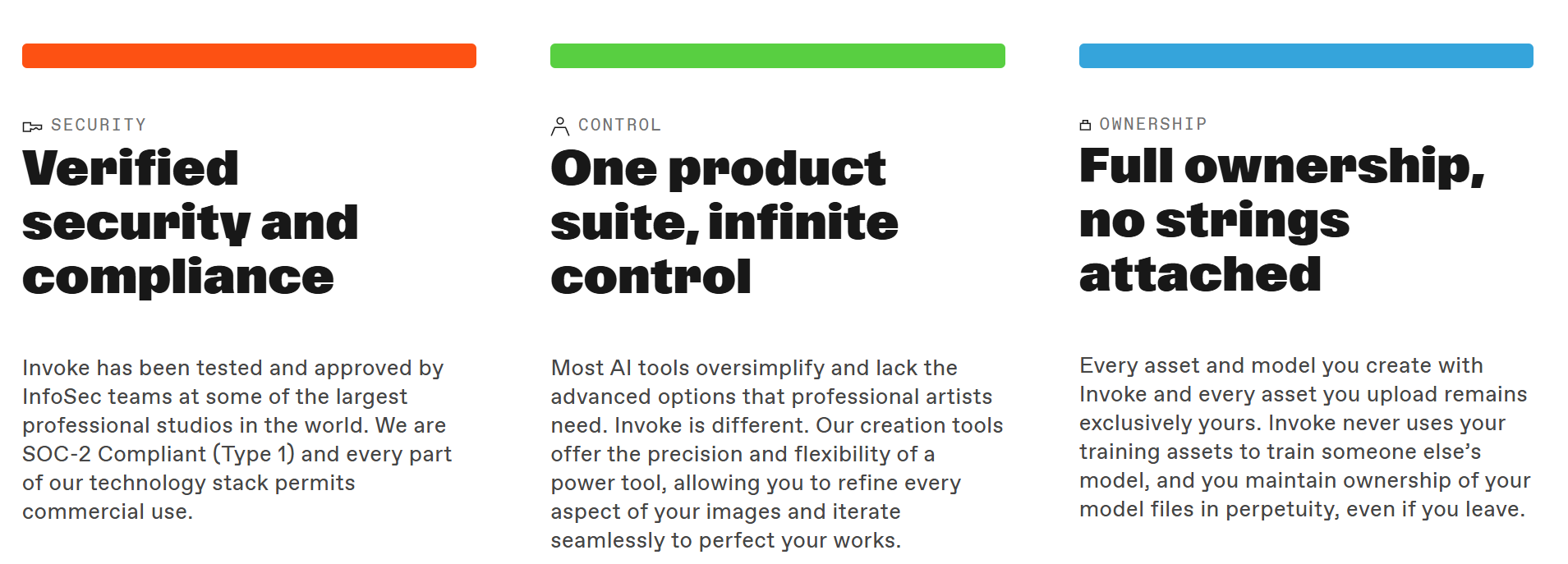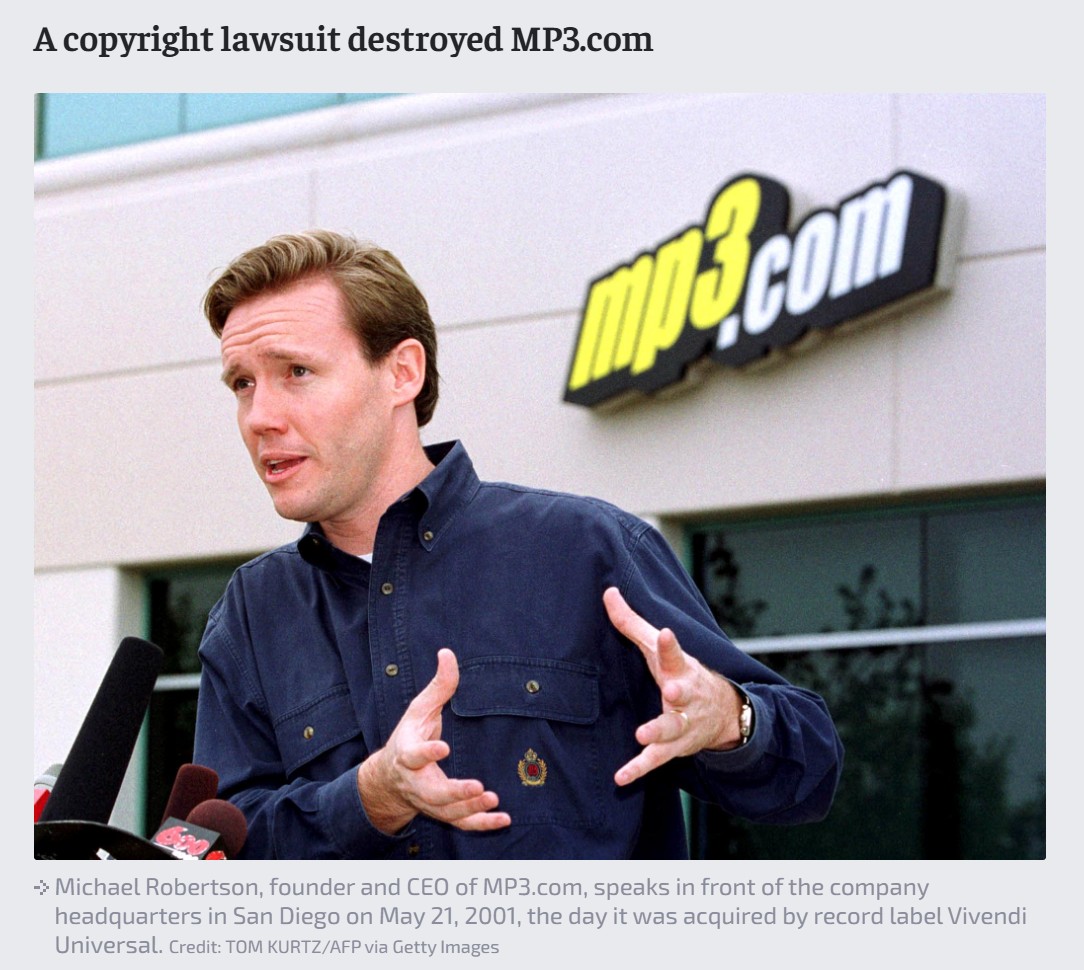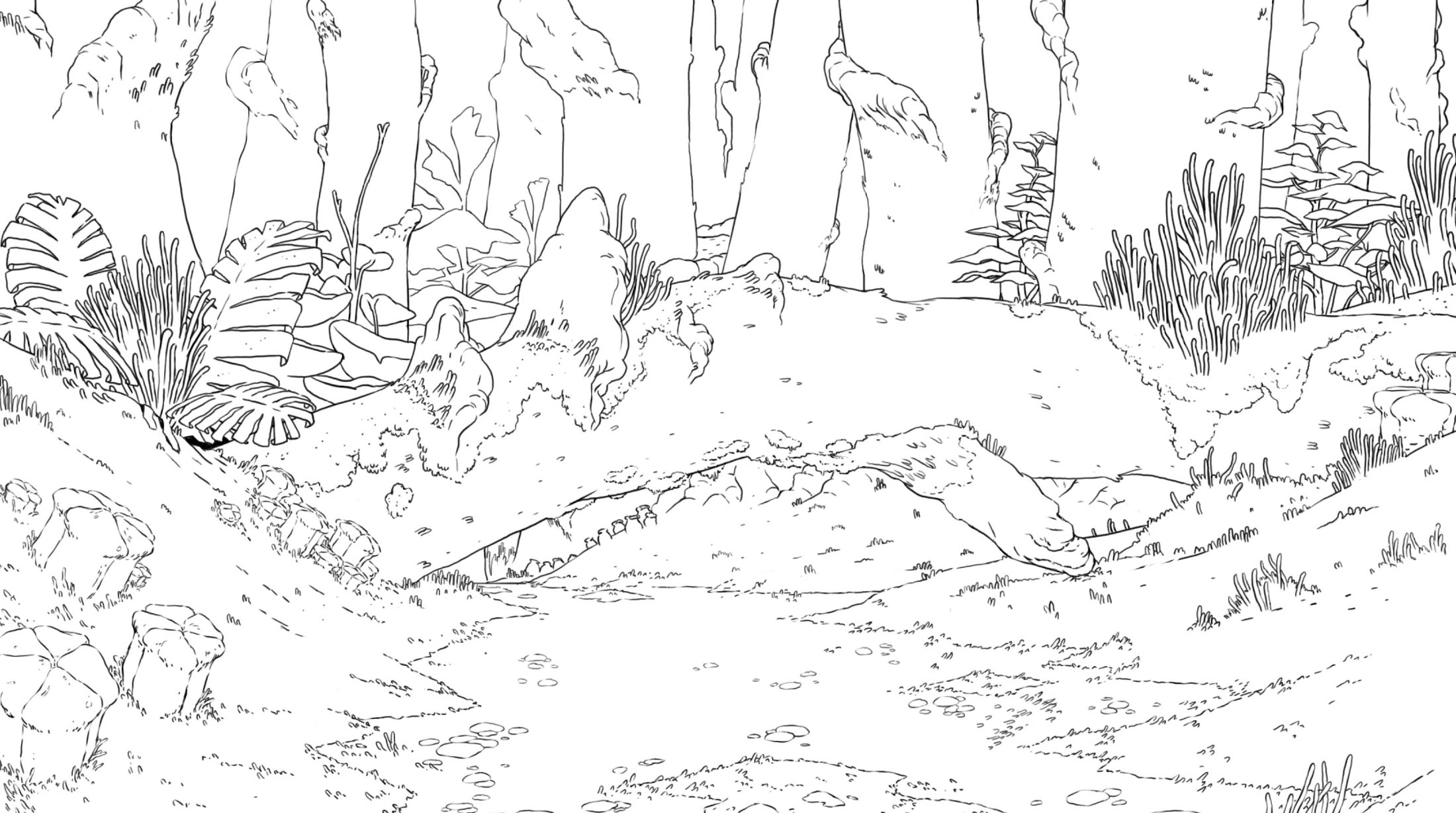RANDOM POSTs
-
StudioBinder.com – CRI color rendering index
Read more: StudioBinder.com – CRI color rendering indexwww.studiobinder.com/blog/what-is-color-rendering-index
“The Color Rendering Index is a measurement of how faithfully a light source reveals the colors of whatever it illuminates, it describes the ability of a light source to reveal the color of an object, as compared to the color a natural light source would provide. The highest possible CRI is 100. A CRI of 100 generally refers to a perfect black body, like a tungsten light source or the sun. ”
www.pixelsham.com/2021/04/28/types-of-film-lights-and-their-efficiency
-
Sean Carroll On Laplace’s Demon
Read more: Sean Carroll On Laplace’s DemonGiven a some level of omniscent entity or computer, future and past can be revealed at some level of probability.
-
Invoke.com – The Gen AI Platform for Pro Studios
Read more: Invoke.com – The Gen AI Platform for Pro StudiosInvoke is a powerful, secure, and easy-to-deploy generative AI platform for professional studios to create visual media. Train models on your intellectual property, control every aspect of the production process, and maintain complete ownership of your data, in perpetuity.

-
AI and the Law – AI Creativity – Genius or Gimmick?
Read more: AI and the Law – AI Creativity – Genius or Gimmick?7:59-9:50 Justine Bateman:
“I mean first I want to give people, help people have a little bit of a definition of what generative AI is—
think of it as like a blender and if you have a blender at home and you turn it on, what does it do? It depends on what I put into it, so it cannot function unless it’s fed things.
Then you turn on the blender and you give it a prompt, which is your little spoon, and you get a little spoonful—little Frankenstein spoonful—out of what you asked for.
So what is going into the blender? Every but a hundred years of film and television or many, many years of, you know, doctor’s reports or students’ essays or whatever it is.
In the film business, in particular, that’s what we call theft; it’s the biggest violation. And the term that continues to be used is “all we did.” I think the CTO of OpenAI—believe that’s her position; I forget her name—when she was asked in an interview recently what she had to say about the fact that they didn’t ask permission to take it in, she said, “Well, it was all publicly available.”
And I will say this: if you own a car—I know we’re in New York City, so it’s not going to be as applicable—but if I see a car in the street, it’s publicly available, but somehow it’s illegal for me to take it. That’s what we have the copyright office for, and I don’t know how well staffed they are to handle something like this, but this is the biggest copyright violation in the history of that office and the US government” -
AI and the Law – Why The New York Times might win its copyright lawsuit against OpenAI
Read more: AI and the Law – Why The New York Times might win its copyright lawsuit against OpenAI
Daniel Jeffries wrote:
“Trying to get everyone to license training data is not going to work because that’s not what copyright is about,” Jeffries wrote. “Copyright law is about preventing people from producing exact copies or near exact copies of content and posting it for commercial gain. Period. Anyone who tells you otherwise is lying or simply does not understand how copyright works.”
The AI community is full of people who understand how models work and what they’re capable of, and who are working to improve their systems so that the outputs aren’t full of regurgitated inputs. Google won the Google Books case because it could explain both of these persuasively to judges. But the history of technology law is littered with the remains of companies that were less successful in getting judges to see things their way.
-
Kevin Geiger on Chinese animation growth
Read more: Kevin Geiger on Chinese animation growthhttps://www.awn.com/blog/chinas-changing-game
China is a work in progress. China is changing, and Chinese capability and pride are rising. And with that rise, China’s cultural, media/tech, and sociopolitical landscapes are rapidly morphing. It’s incumbent upon anyone in China – native or foreign – to roll with those changes.
To wit on the media front, China announced that its State Administration of Press, Publication, Radio, Film & Television (the unfortunate acronym “SAPPRFT” for short), will be abolished in favor of even tighter control under a new body at the cabinet level.
To interact successfully and satisfyingly here, you have to gain some real local perspective and develop an alternate set of instincts that are relevant for this reality as it is, not what you imagine it to be.
COLLECTIONS
| Featured AI
| Design And Composition
| Explore posts
POPULAR SEARCHES
unreal | pipeline | virtual production | free | learn | photoshop | 360 | macro | google | nvidia | resolution | open source | hdri | real-time | photography basics | nuke
FEATURED POSTS
Social Links
DISCLAIMER – Links and images on this website may be protected by the respective owners’ copyright. All data submitted by users through this site shall be treated as freely available to share.








